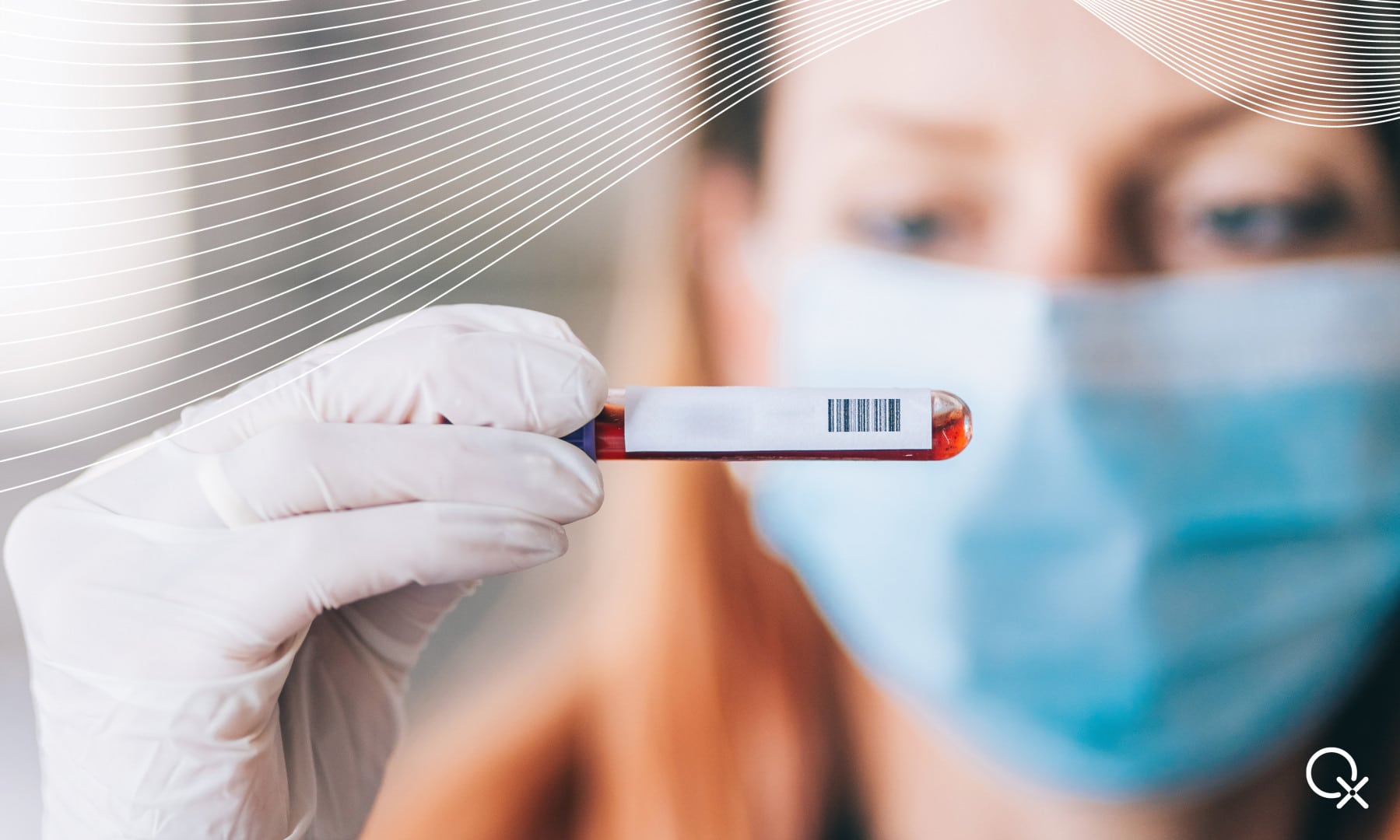
It is an inflammation of sebaceous glands in which the glandular follicles are enlarged, the pores are clogged and there is an excess of dead skin cells with an overproduction of sebum (skin oil). There is often an overgrowth of the Propionibacterium that feeds on the overproduction of sebum, releasing propionic acid that gives off the typical body odor of “Swiss cheese”.
Very often it is recommended to exfoliate the skin to treat the impurities. Or antibiotics are prescribed. However, these two methods remove or disbalance the skin friendly microbiome, which can increase the severity of the condition.
The cause is not in the skin or the glands themselves, but in a disbalance of hormones. Androgens such as testosterone play a crucial role in this. Testosterone is a hormone that is produced in both women and men’s genitals. Of course, men have a higher production of this hormone which reflects the typical male characteristics. With androgenic overproduction there is an increase in sebum production, an increase in gland size and a larger turn-over of skin cells resulting in more dead skin cells. These characteristics are the reasons why acne occurs. Add to this an increased susceptibility to inflammation in the person due to lifestyle and dietary habits and an altered pathological microbiome on the skin and we get acne in its known form.
The cause is always found in insulin resistance with hyperinsulinemia. Of course, there are other provocative factors such as Vitamin A, Zinc and Vit B5 deficiencies, but the great provocative is insulin resistance! In women, this resistance develops and too much insulin causes a disbalance in the production of testosterone and estrogens from the ovaries. Too many androgens are produced, and this leads to the masculinization of certain tissues such as the sebum glands. Typically, acne is produced, and often some beard growth in women as well. This is part of the PCOS (polycystic ovarian syndrome) which we will not elaborate on now.
Often acne occurs during menses in women. This can be explained by the fact that at that moment the estrogens strongly decrease so that a disbalance of testosterone occurs compared to estrogens: the ratio Testosterone/estrogen increases, resulting in inflammation of the glands. In adolescence, hormonal changes during puberty and poor detoxification of certain hormones in the liver due to poor dietary habits will result in an excess of androgens.
In men, insulin resistance and hyperinsulinemia will induce an increase in the enzyme 5-alpha-reductase which converts testosterone into the even more potent DHT (dihydrotestosterone) with the same effect on the skin and sebum glands as in women. Stress, or rather chronic stress, will also increase androgen production through activation of the HPA axis (hypothalamic-pituitary- adrenal axis) and will also cause insulin resistance from which acne can develop.
Dissolving insulin resistance and hyperinsulemia is therefore the basis for solving the acne problem. Limiting the intake of carbohydrates, reducing meal frequencies and stress management to normalize insulin production is crucial. If we need to name one nutrient that has a beneficial effect on acne it is the Cruciferous vegetables such as broccoli, brussels sprout, kale. They have a substance called DIM or diindolylmethane, which has an anti-androgenic effect and has a positive effect on the balance between good and bad estrogens. Sufficient nutrients such as vit A (regulates sebum glands) and Vit E (reduces scar tissue), Zinc and Vit B’s are a good support. The use of medication such as antibiotics, antidepressants, antacids, antihypertensives (mainly Ca channel blockers) can affect the metabolism and detoxification of the sex hormones, which can also cause an imbalance. These should therefore be avoided.
As a conclusion we can say that acne should not be treated locally but with general life and nutritional changes.
+1 (989) 681-1063
+1 (856) 322-8589